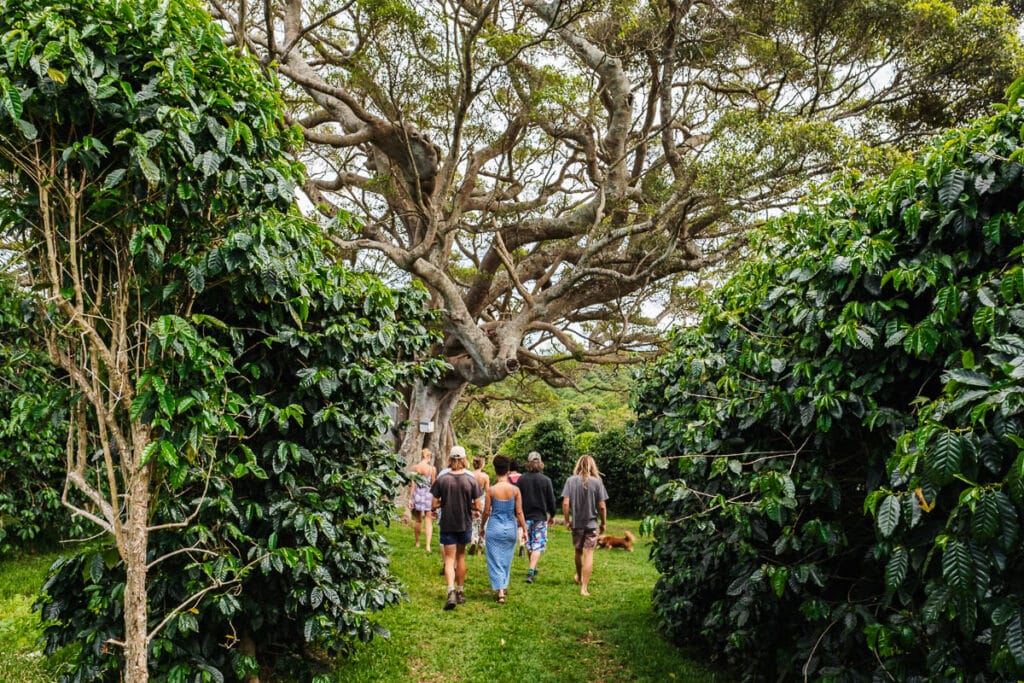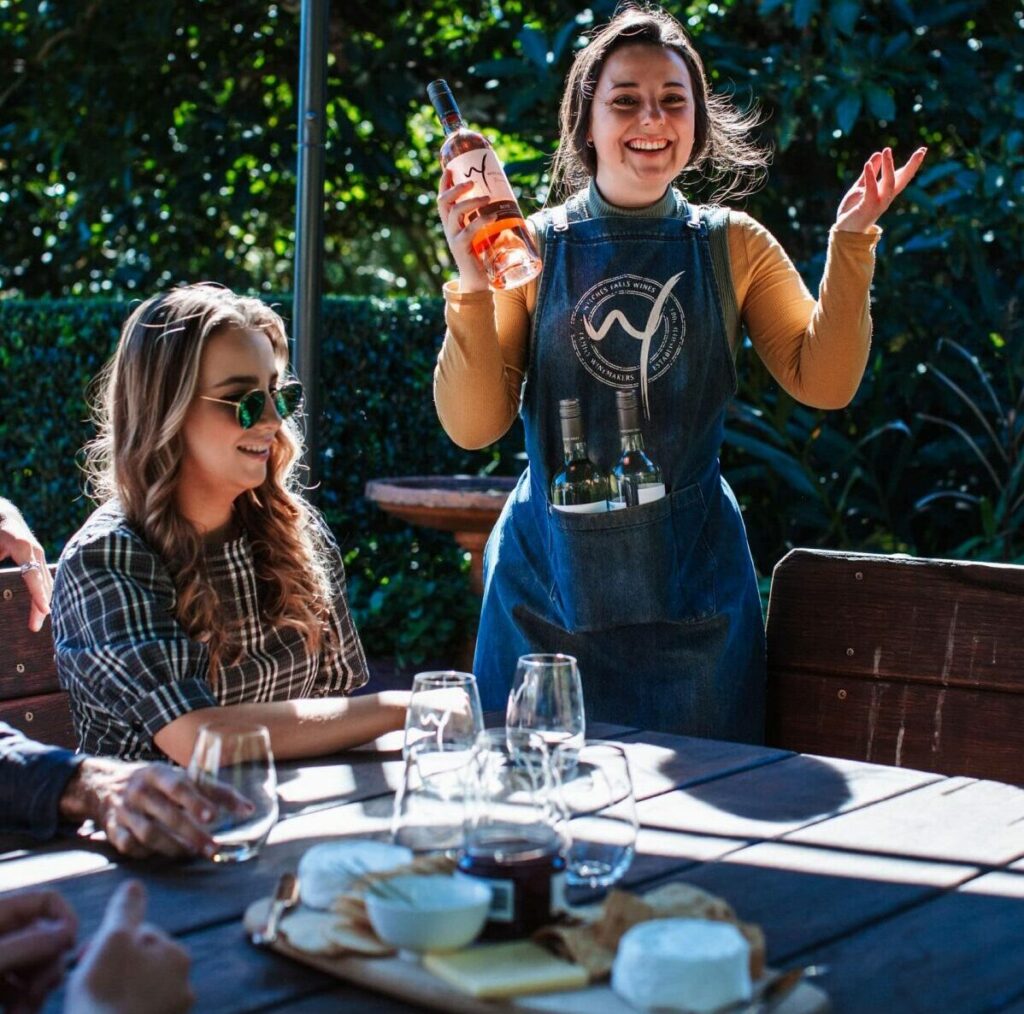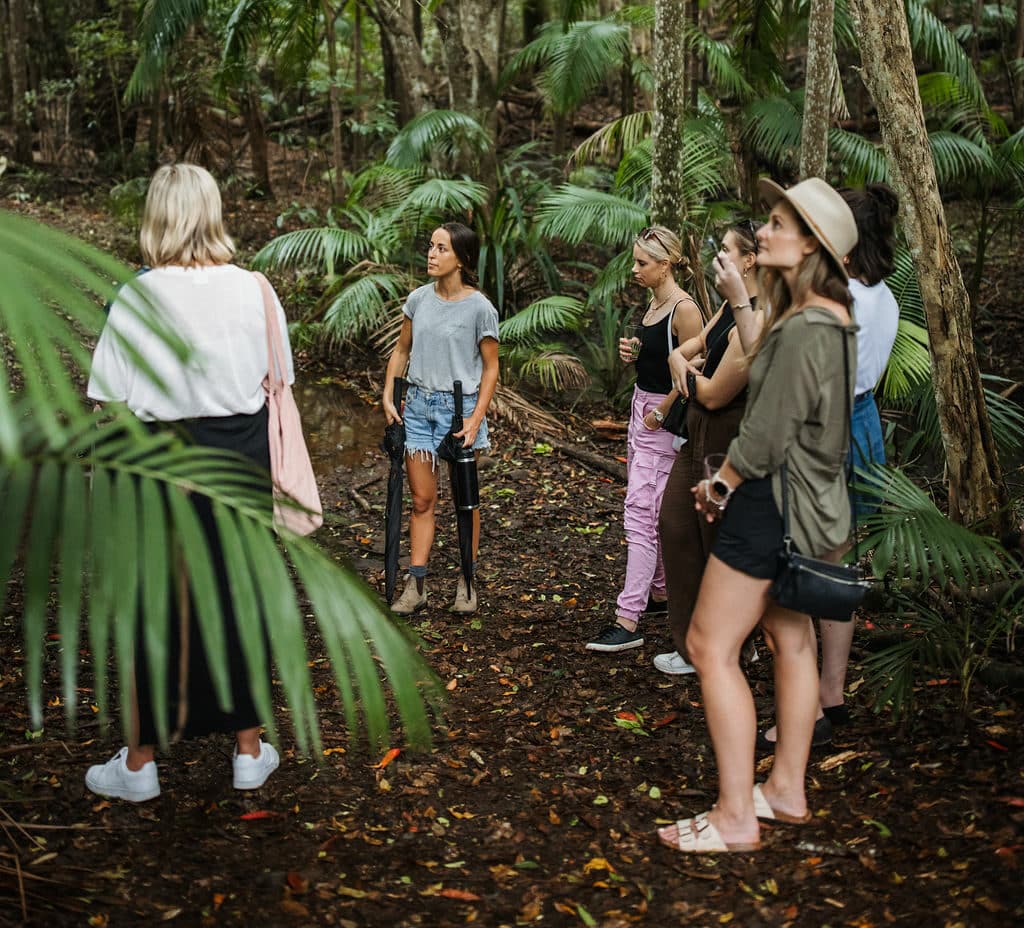You’ve heard of farm-to-table restaurants and paddock-to-bottle booze. But what about crop-to-cup coffee?
What does this little-known phrase mean, and does it even matter?
In this post, we’re answering those two crucial coffee-related questions. We’ll then offer some suggestions on where to try a crop-to-cup cappuccino in Australia.
What Is Crop-To-Cup Coffee?
As the name suggests, crop-to-cup coffee is grown, roasted, and served piping hot in one location. For all that to happen, the venue must reside within a coffee plantation.
Crop-to-cup coffee is much harder to come by than its food and booze counterparts. While farm restaurants, wineries, and distilleries are classic Aussie staples, the crop-to-cup concept is still in its infancy.
The business model is more common abroad, especially in tropical regions where coffee growing is the norm. Frequent travellers to Bali, for instance, may have savoured crop-to-cup coffee at a local plantation.
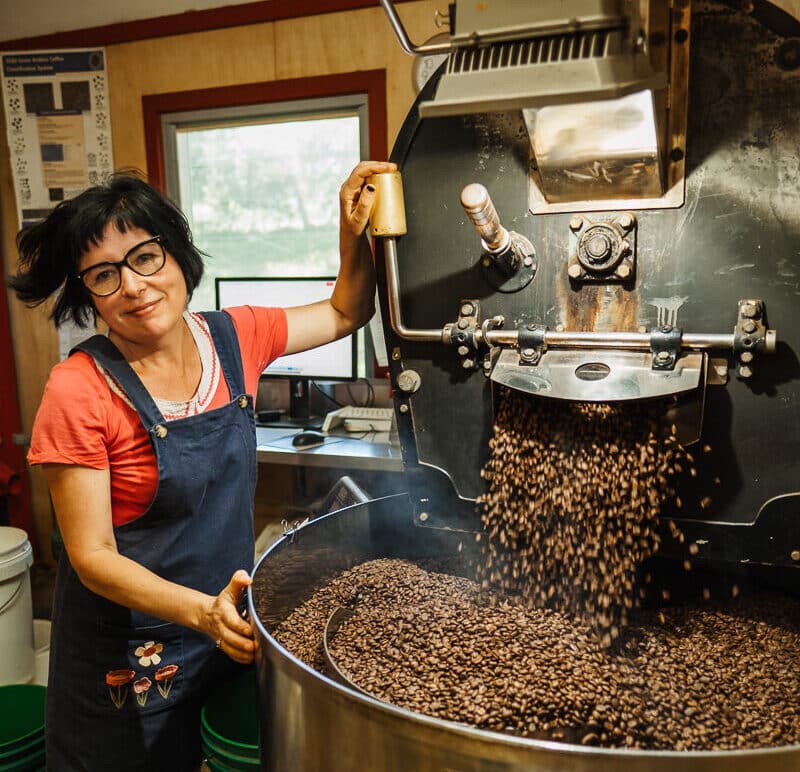
Why Should You Care?
Like farm-to-fork gastronomy, the crop-to-cup concept ties in with the zero-kilometre philosophy.
Worldwide, consumers are starting to demand fresh, eco-friendly, and ethical produce. Mass-produced, processed, and preservative-packed food has fallen out of favour among affluent consumers.
Much like fruit and veggies, coffee tastes better when plucked fresh. Although roasted beans don’t become squishy and rancid like a banana, air exposure causes their intensity to wane. It’s best to sip coffee within two to four weeks of harvesting. That’s just not viable for international imports.
Zero-kilometre coffee is better for the environment, too. Rather than shipping boatloads of beans from far-flung countries, the crop-to-cup retailer brews at the source. With climate change becoming an existential threat, it’s a concept everyone should support.
Crop-to-cup coffee is also the more ethical choice. The global coffee industry cops a considerable amount of criticism. Environmentally-destructive practices and exploitive working conditions are rife. But when you sip fresh coffee at a crop-to-cup plantation, you can get a clear picture of the grower’s ethics.
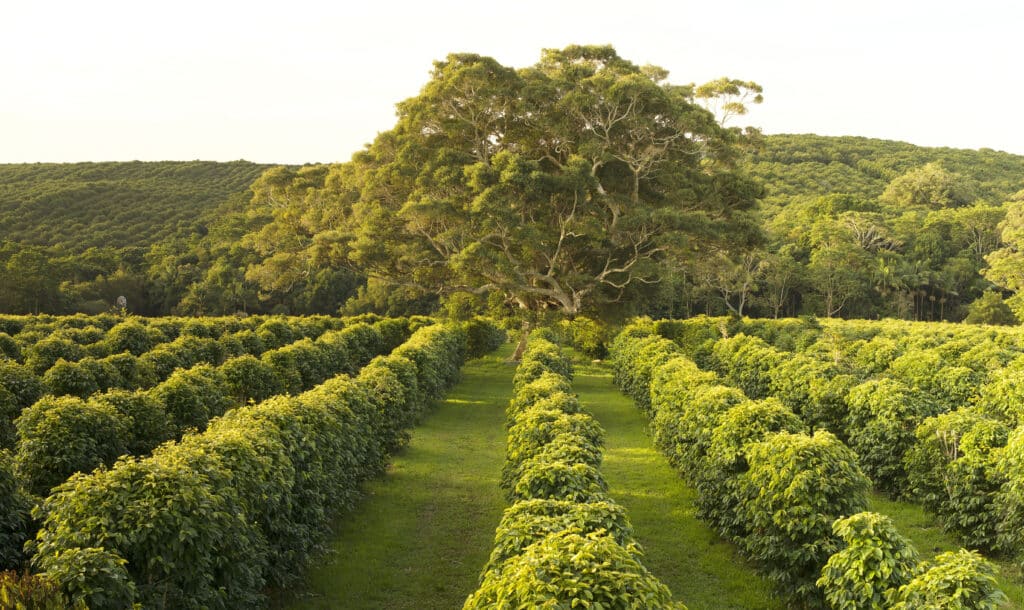
Where Can I Try Crop-To-Cup Coffee In Australia?
Crop-to-cup is a rare concept in Australia as cheap imported beans flood the domestic market. Only around 50 Australian farms grow coffee. Most operate in the idyllic coffee-growing regions of Northern NSW and Far North Queensland.
And of those 50 Aussie coffee farmers, only two have a “Roastery Door” with a crop-to-cup experience. Two.
Perched high in the Byron Hinterlands, Zentveld’s Coffee Farm produces next-level single-origin coffee you can sip straight from the source.
Run by an eco-conscious husband-and-wife team, the farm follows strict agricultural management practices. Renewable energy, water conservation, chemical-free pest control, and erosion management underpin the endeavour.
Should you find yourself in Tropical North Queensland, Skybury Coffee Farm runs a similar operation near Mareeba. Sweeping views, swanky interiors, and top-notch freshly-plucked coffee make it a great place for a cuppa.
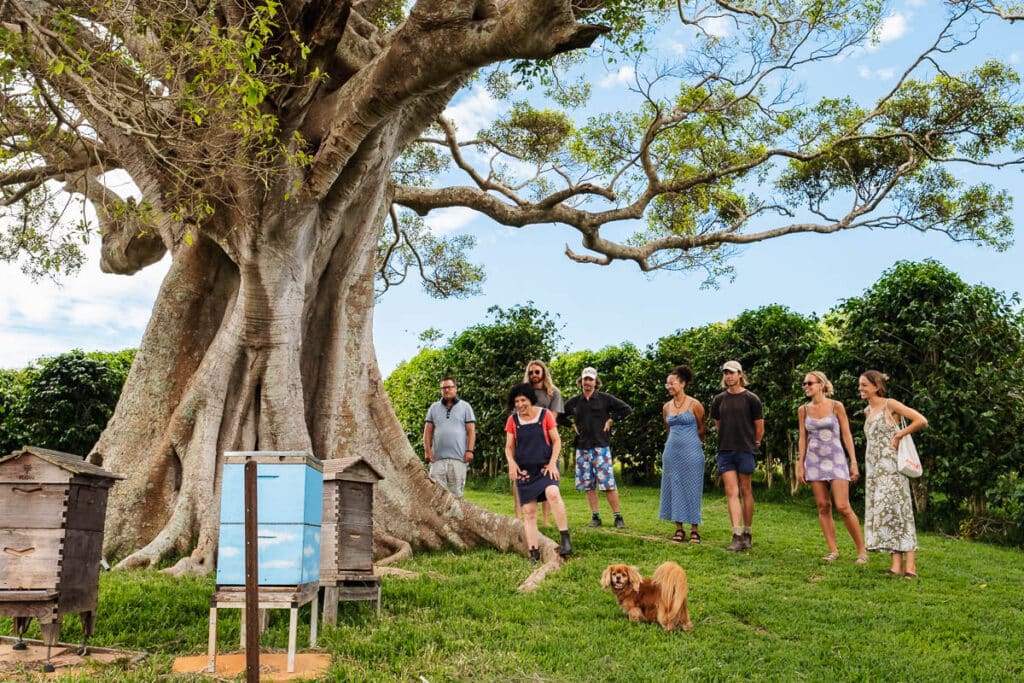
Savour Crop-To-Cup Coffee with Kiff & Culture
Hankering to experience the fresh aromatic flavours of Australian crop-to-cup coffee?
Then join us on our Byron Hinterland Paddock to Plate tour. We visit the Zentveld’s hinterland farm and other zero-kilometre digs in one epicurean adventure.
Treat yourself to a decadent day of zero-kilometre delights. Go on. You deserve it.
